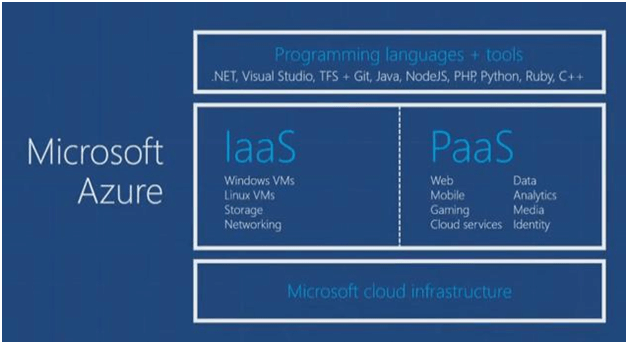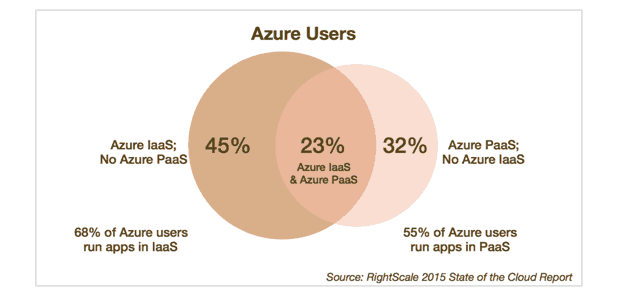What is the difference between Infrastructure as a Service (IaaS) and Platform as a Service (PaaS) on Microsoft Azure? Which one do you need? In this article, we will explain what IaaS and PaaS are and what they mean to you, if you are looking to migrate to the cloud but do not know where to start then this article is for you, so let’s begin.
A traditional on premise data center be it in-house or an actual data center, you have to manage every aspect including purchasing and installing a hardware, the virtualization, the networking software, security, storage etc. and not only that but you are also responsible for maintaining those resources, fixing them when they fail and replacing them as they age and become inefficient. While managing a data center might seem fun to some people, there really aren’t many reasons to go this route. While you do have complete control, it’s costly and the benefits are limited. When it comes to cloud offerings like Azure, you get an alternative to the traditional on-premise data center.
For starters, Azure is responsible for all of the hardware and maintenance of that hardware. Beyond that, Azure also offers a wide variety and ever-growing list of services that you can easily take advantage of as well. The biggest benefit is you can choose how much or how little hardware that you use and the price will adjust accordingly. If a server goes down, Azure will take care of it and usually does so in a way that is unnoticed by the end users.

This leads us to what Infrastructure-as-a-Service is. As mentioned, with traditional on-premises data centers, you have to manage everything. With Infrastructure-as-a-Service, Azure is responsible for, well, the infrastructure. This includes hardware, storage and networking and everything that goes along with it. In this case, Azure also handles the virtualization which makes it easy to get systems up and running quickly. With Infrastructure-as-a-Service, you are responsible for everything else though meaning you manage the OS and the licensing, security updates, any software that needs to be installed like runtimes and middleware and deploying your own applications. This is a great option for companies that currently have on-premises data centers but one might upgrade to the cloud whether it is to take advantage of cloud service offerings, scale performance or just for the benefits of offloading the responsibilities and costs of managing a data center. This is the easiest route, too. All that has to be done is a push of VMs to Azure and you are good to go.
What if you are a development shop and you only care about your applications and you don’t want to manage the OS
you don’t want to manage runtimes and software. Well, that’s where Platform-as-a-Service comes in. With Platform-as-a-Service, Azure manages not only the infrastructure but also the OS, runtimes like dotnet and middleware like IAS or nodejs. The only thing that you have to worry about is your application and your data. Platform-as-a-Service really makes it easy to deploy applications since the only thing you have to deal with is the application and Azure manages everything else for you. They’ll spend a few minutes setting up Azure to handle your application but once you’re done with that, you don’t have to bother with it again.
These explanations are pretty basic but they give you an idea of what the differences are between the two and you can make better decisions when choosing how to utilize cloud services. So that’s it, I hope that this article is helpful for you and be sure to take advantage of what Azure has to offer and make your organization be up to date with the latest trends in cloud computing technology.

